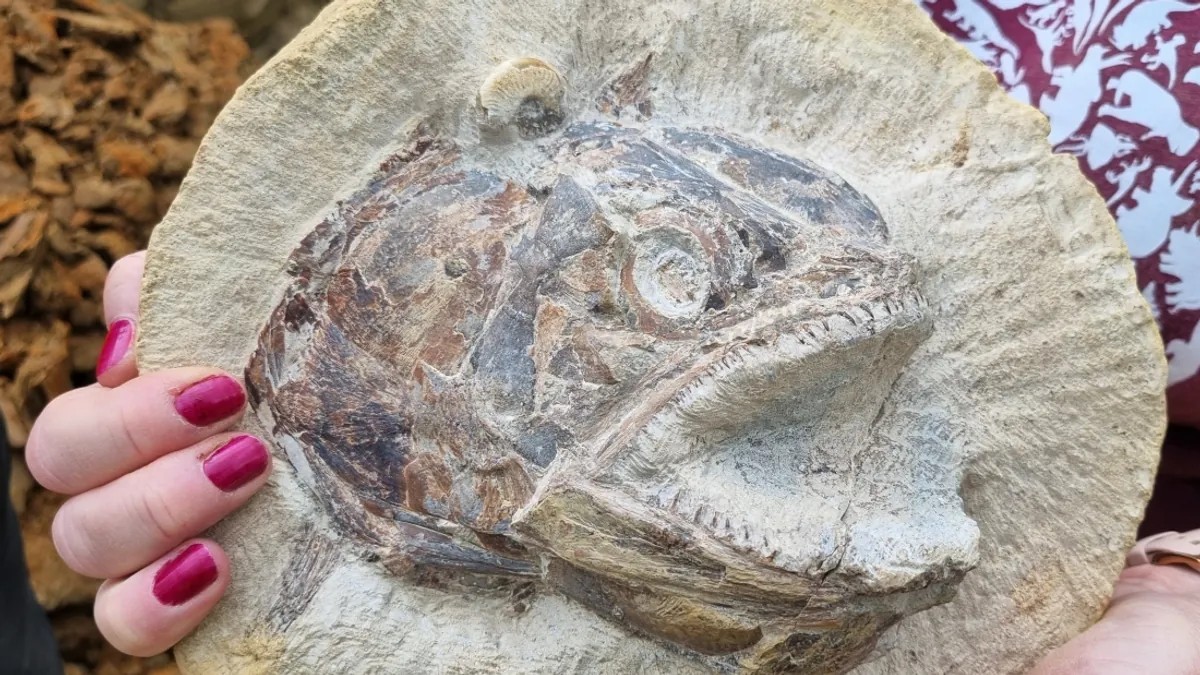
3D Fish Fossil Found from the Early Jurassic! It’s 183 Million Years Old and in Near-Perfect Condition
A 3D fish fossil complete with eyeball was found alongside a host of marine animals in a farmer’s field in Gloucestershire, UK.
The remarkably well-preserved prehistoric fish was unearthed in a farmer’s field in Gloucestershire, UK. Believed to be around 183 million years old, the 3D fish complete with eyeball was excavated together with a range of marine animals previously hidden beneath a field used for grazing English Longhorn cattle.
“These fossils come from the Early Jurassic, specifically a time called the Toarcian,” explained fossil collectors Sally and Neville Hollingworth to IFLScience.
“The clay layers exposed at this site near Stroud have yielded a significant number of well-preserved marine vertebrate fossils that are comparable to the famous and exquisitely preserved similar fauna of the Strawberry Bank Lagerstätte from Ilminster, Somerset – a prehistoric site of exceptional fossil preservation. Excavations at Kings Stanley over the last week have revealed a rich source of fossil material, particularly from a rare layer of rock that has not been exposed since the late 19th Century.”
Thanks to the effort of a team of eight scientists solely armed with a digger (including Dr Dean Lomax who you may remember from this post about the largest and most complete Sea Dragon fossil found in the UK, which is also about 180 million years old), a treasure trove of fossils at Court Farm, Kings Stanley were unearthed, with hundreds of limestone nodules cracked open to find out what’s inside them.
Advertisements
31 August 2023
Advertisements



